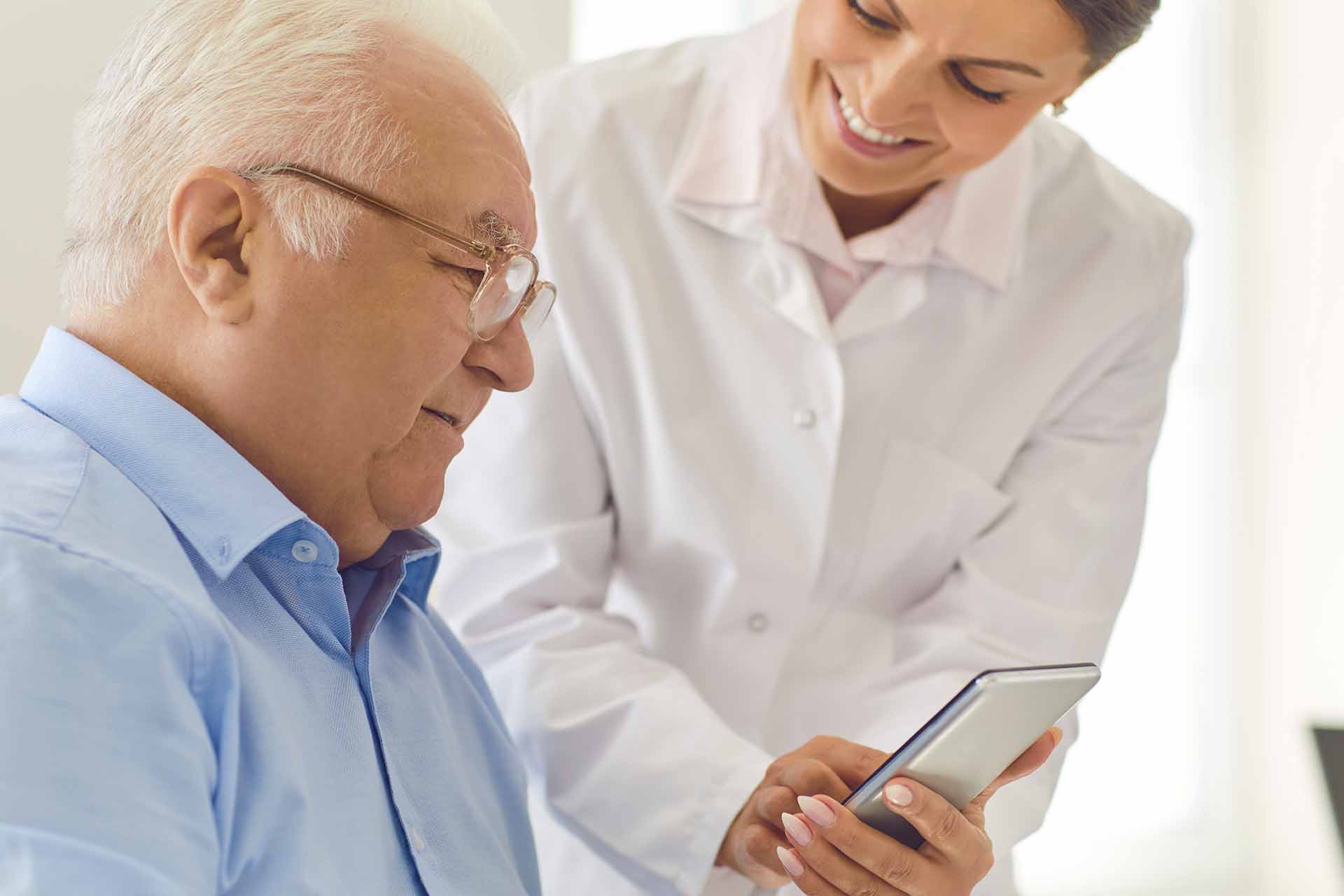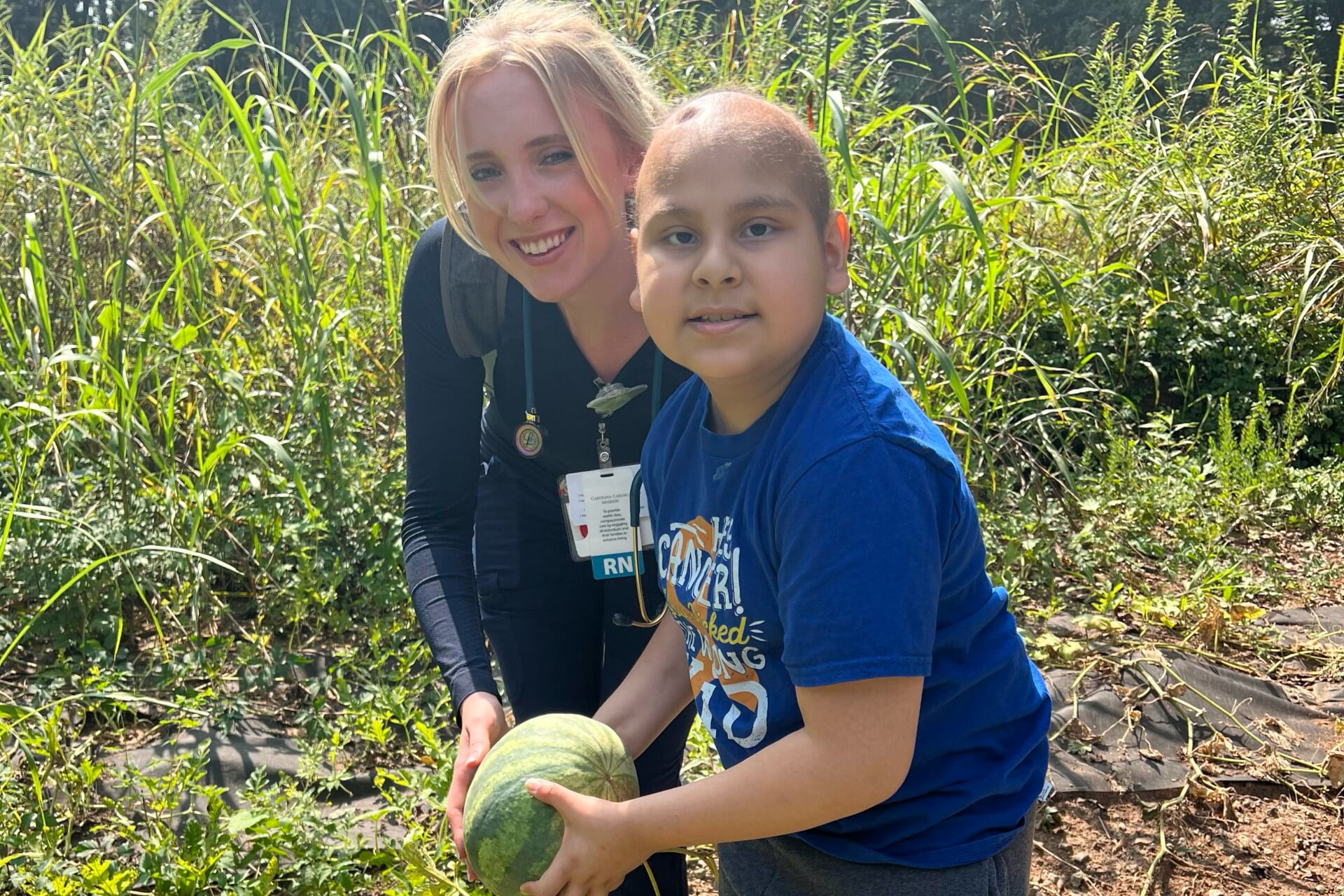Nonprofit serious illness provider Carolina Caring and Health Recovery Solutions (HRS) are partnering to expand patient access to telemedicine services. Through an online platform provided by HRS called Remote Patient Monitoring (RPM), Carolina Caring can track patients’ symptoms and continuously monitor vital signs in an effort to decrease hospital admissions and unnecessary emergency room visits, which leads to a better quality of life overall.
HRS provides telehealth and remote patient monitoring solutions for the healthcare industry. Its products help providers deliver virtual care, increasing efficiency while improving levels of wellness at home.
“The patient experience is at the heart of everything we do,” says Carolina Caring President and CEO Dana Killian. “That’s why Carolina Caring strives for excellence in all areas, including technology that enhances patient care and advances how people are able to receive it.”
With the rise of remote patient monitoring, healthcare providers are finding new ways to provide care. The World Health Organization has revealed that about 90% of countries have experienced some form of disruption in essential healthcare services. This has prompted an increase in virtual models like RPM, where patients are monitored from anywhere with internet access.
“At Carolina Caring, our focus is to improve our patients’ quality of life by closely managing their care and tailoring treatment to each patient’s unique needs, whether it be caring for patients with advanced heart disease, chronic obstructive pulmonary disease (COPD) and other conditions,” said Virginia Duany, D.O., Chief Medical Officer at Carolina Caring.
The RPM program will provide patients with a 4G Samsung tablet and Bluetooth biometric monitoring device to track their vital signs, symptoms and medications. They will also be offered the option for virtual follow-up care at home through an online platform that is tailored specifically toward their treatment goals.
With a constant stream of data, the Carolina Caring team will be able to monitor patients’ vital signs in real time on an ongoing basis. Providers will also remain in close contact with patients through various communication channels, such as text messaging and phone calls via the tablets. The team can respond quickly to changes in symptoms or vitals to enhance their care.




